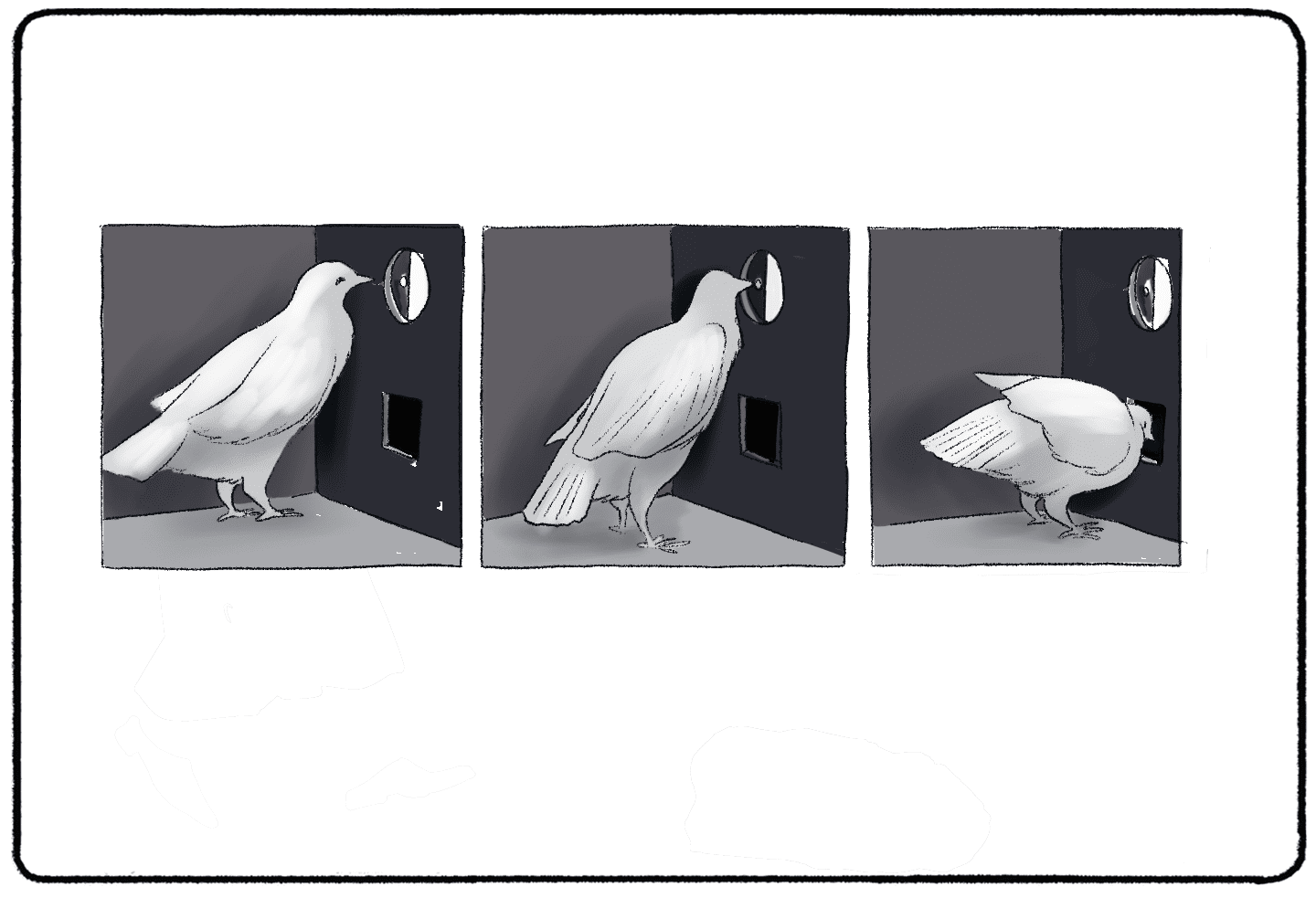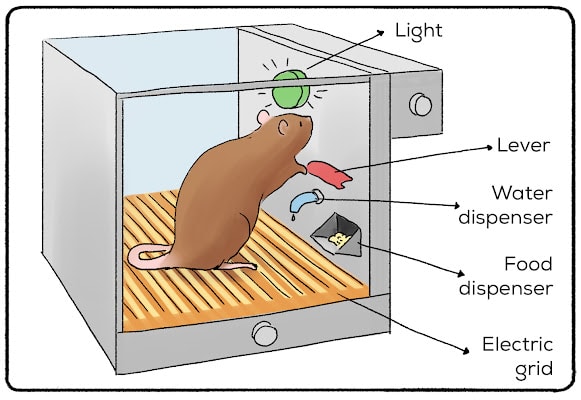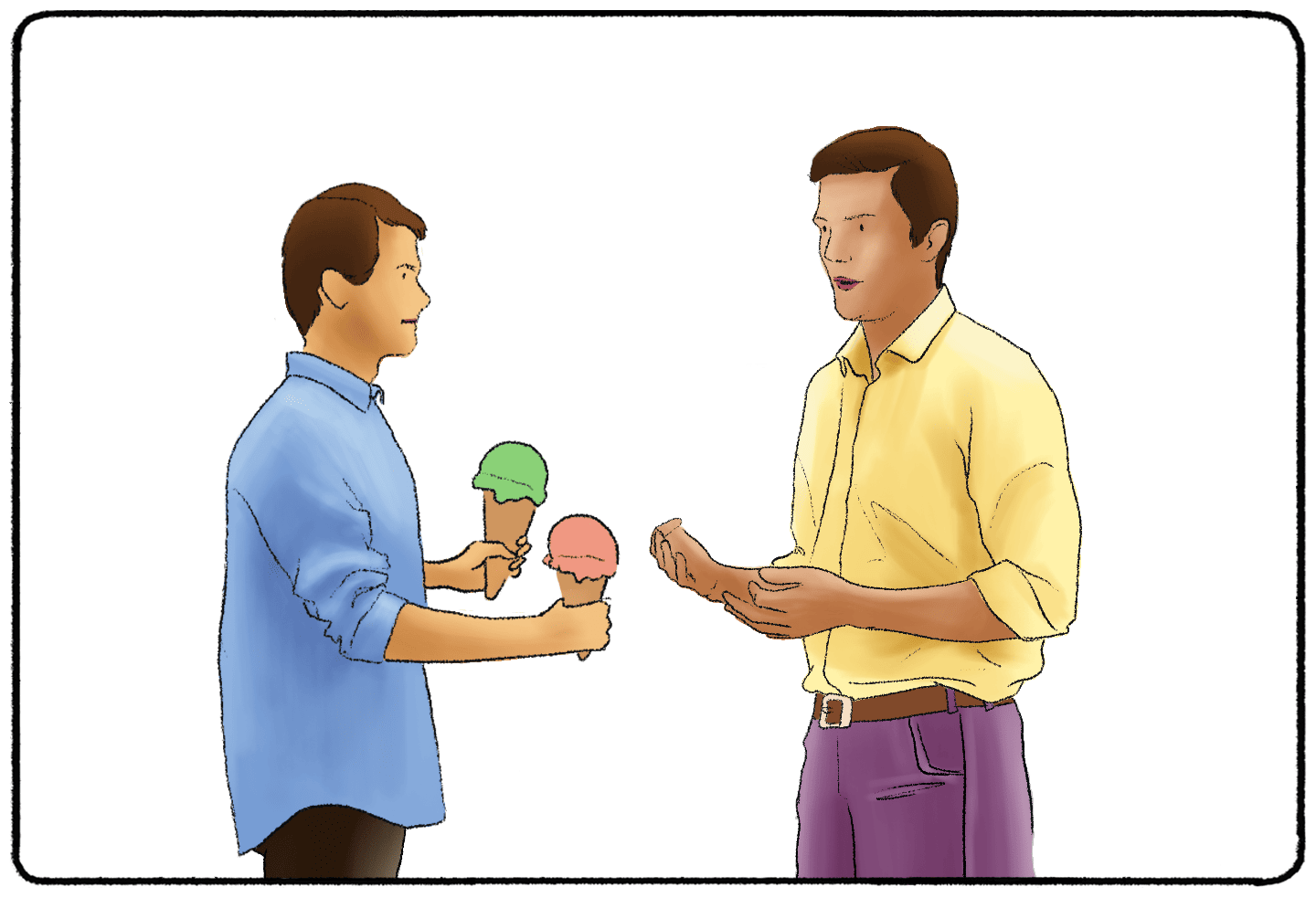You have probably heard someone say that a person, school, or activity shaped them into the person that they are. They make the decisions they make today because they have been shaped into that type of person.
But when we talk about “shaping” in psychology, we’re not talking about moulding a person. Shaping can influence a person’s individual behaviors, but it’s not used to completely transform them.
What Is Shaping?
Shaping is a form of conditioning that leads subjects, often animals who are involved in experiments, to complete an operant behavior. This process is also known as “approximation conditioning.” Why? Psychologists reinforce successive approximations in order to reach the targeted, operant behavior.
If this sounds like a lot of confusing psychology jargon, don’t worry. I’m going to break down what this means and what it looks like for a subject to undergo approximation conditioning.

Operant Behavior
Shaping involves operant behaviors. This is a behavior that meets two requirements:
- The behavior is freely completed by the subject
- There is no triggering stimulus
Operant behaviors are sometimes created by operant conditioning. This is just one type of conditioning. If you’re thinking about Pavlov and his drooling dogs, you’re thinking about a different type of conditioning. Pavlov used a whistle to trigger a reaction in his dogs. Operant conditioning involves no such trigger. If the dogs freely began to drool in order to get a treat, the behavior would become an operant behavior.
Example of Shaping in Psychology
Basic examples of operant conditioning include giving rats food for pressing a button. The rats don’t have to press the button. Scientists are not encouraging them to press the button. But by reinforcing the behavior with a treat, the rat is encouraged to continue that behavior.

How Does Shaping Work?
Here is what makes shaping a different process than basic operant conditioning. In the example I used above, the rats press a button and they receive food. The desired behavior is simple enough that the rat can try out pushing the button without any encouragement.
Shaping conditions subjects to complete a much more complicated desired behavior. B.F. Skinner’s classic example of a target behavior was the subject touching its beak to a spot. (The subject, obviously, was a bird.)
But Skinner didn’t expect the bird to know that it needed to touch its beak to the spot. So Skinner used a series of approximate behaviors to “lead” the bird to the target behavior. The approximate behaviors only resemble the target behavior. At first, the approximate behavior was simply turning the head toward the spot. Whenever the bird completed that approximate behavior, Skinner would give the bird food as a reinforcement.
Reinforcing Successive Approximations
The key to shaping is to reinforce successive approximations. Once the bird understood that it would get food for turning its head toward the spot, Skinner upped the ante. He would withhold reinforcement until a successive approximation was completed. Once the bird moved slightly toward the spot, Skinner would give the bird food.
There are two keys to this process. The first key is to offer the same reinforcement throughout each process. Just because the bird got closer to the spot did not mean that Skinner gave the bird a bigger reward or more food. The reinforcement was consistent until the bird touched its beak to the spot.
The second key is that Skinner stopped reinforcing the earlier behaviors altogether. Once the bird started walking toward the spot, it would no longer get food just from turning its head.
This process continued until the bird started to put its beak on the spot. And voila! The shaping was complete.
Why Is Shaping Important in Psychology?
B.F. Skinner's work with animals and shaping led to the development of a new field of psychology: behaviorism. This was the leading field of study, and shaped the way that many understand behavior, motivation, and even communicating with animals!
Does Shaping Work?
This process certainly takes longer than basic operant or classical conditioning. It’s not hard for a subject to connect one behavior with one reinforcement. But, this process allows psychologists to reach a target behavior that would be simply impossible through other forms of conditioning.
The bird example mentioned earlier did work. But Skinner acknowledged that it was a long shot. He said, “The original probability of the response in its final form is very low; in some cases it may even be zero.” There is far from any guarantee that you can use shaping to condition anyone to complete a complicated behavior. But, shaping has been used on both animal and human subjects. If the process is done correctly and the behavior isn’t too far out of reach, shaping might be worth a try. You can even shape yourself!
Examples of Shaping In Everyday Life
Conditioning doesn’t have to be a tricky process. While animal subjects likely don’t know that they are being “shaped,” humans are more astute. It doesn’t interrupt the process if a human knows that they are working toward a target behavior through a series of reinforced, approximate behaviors.
This is something that you could do in your own life. Think about a goal that seems out of reach. For many people, that goal is public speaking. Maybe the idea of getting up in front of 100 people to give a speech is scary. So you set up a series of approximate behaviors that will maybe help you become more comfortable, and even excited about, speaking in front of 100 people.
At first, you just present to one person. You reinforce that behavior with an ice cream bar or a face mask. After a while, you start to bring in 10 people. Moving forward “up this ladder,” you only reward yourself with that same reinforcement once you’ve spoken in front of 10 people. So on and so forth, until the once impossible target behavior is something that you are ready to take on.

